
Champion Trees in Our Midst
November 4, 2025 | Topics: Stories
By Dan Buckler
Photographs by Eddee Daniel
It all starts, inconspicuously, with a seed.
When conditions are right – there’s appropriate soil, light, temperature and moisture – that seed is stirred into activity. A root digs; a shoot rises. Cotyledons (embryonic leaves) or true leaves emerge to start the lifelong activity of photosynthesis.
Nourished by the earth, the clouds, the wind, this baby tree grows. Perhaps there’s a microclimate that embraces it; perhaps there’s a human friend who protects and feeds it. Regardless, the little tree inches up and out, and over time transitions from a spunky go-getter to a dependable workhorse to a wizened, seen-it-all elder. Somewhere along this spectrum, the tree becomes a habitat in and of itself; its mildly rotted trunk inviting nesting animals, its crown encouraging a squirrel’s tree house, its branch unions catching water and debris where other plants could grow.
And one day, the tree looks out over the forests and savannahs and swamps and backyards and cemeteries and parks of Wisconsin and finds itself the biggest of its kind.
These are Champion Trees – the biggest individual specimens of a particular species in the state. They are awesome, humbling beings, some of which are also our neighbors in southeast Wisconsin.
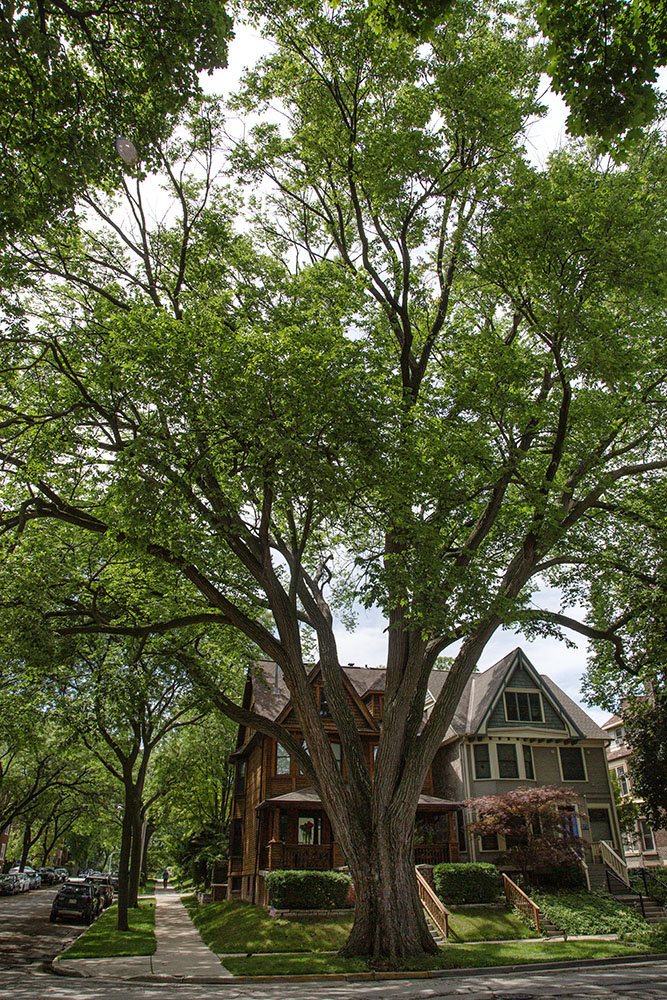
Take, for example, the Champion American elm in Milwaukee. Long past the glory days of its genus, before Dutch elm disease brought many of its brethren to an untimely demise, this tree remains an East Side sentinel. We can thank the care of the city and the love of its neighbors for keeping this tree on the landscape.

Or the exquisite shagbark hickory that towers over the Barloga Woods (part of Falk Park) in Oak Creek. There are only a few proper responses to trees like this, and they are synonymous with wonder and reverence and gratitude.
People love trees. And people really love big trees that not only celebrate natural history, but also cultural history. Champion trees, given their size and relative antiquity, embody this combination. After all, these trees have seen things. They have a story to tell if we’re just willing to hear it.
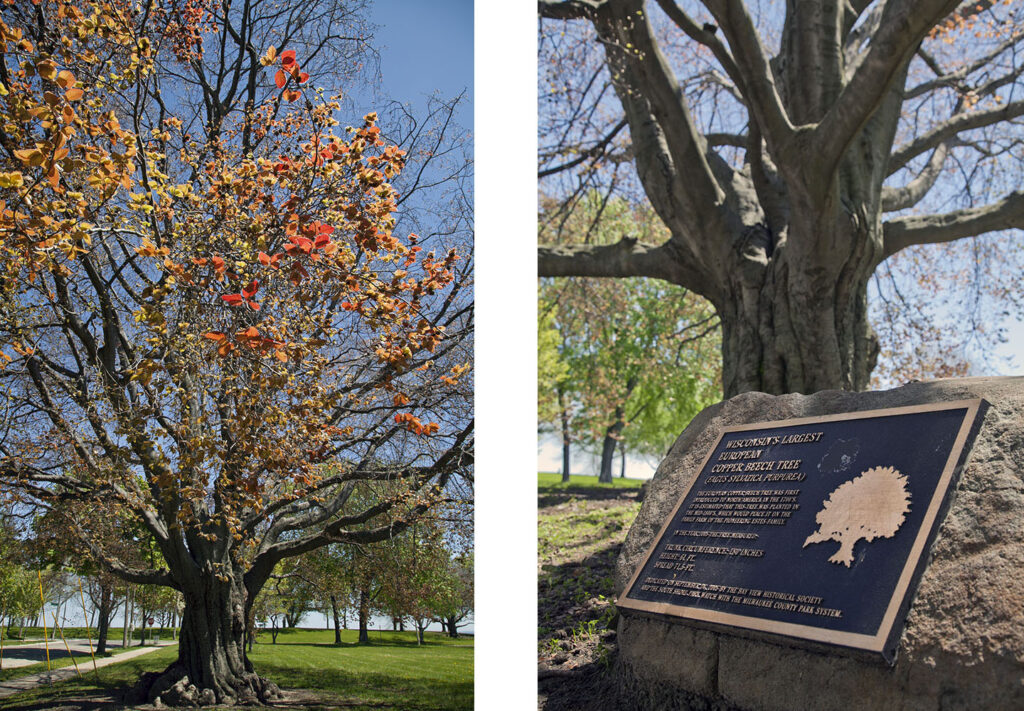
There was a European “copper” beech standing at South Shore Park until a few years ago. While its crown was knockout gorgeous, the furrows, knobs and cracks in the trunk added an absurdist, grotesque beauty to the tree. How many picnics had taken place beneath its canopy? How many photos was it a backdrop for?
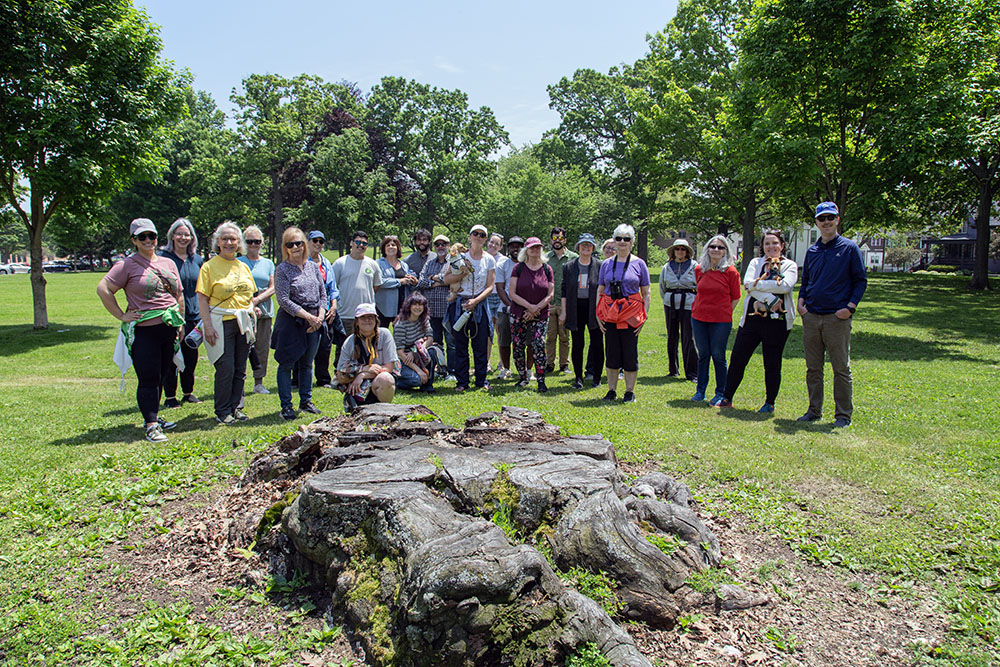
Likewise, there are huge beech trees on the west side of the Milwaukee River in Pleasant Valley Park that are jaw-droppers. Years ago, I visited them and thought they were relics of the native maple-beech forest that used to dominate parts of the area. But now I think that I was wrong. They seem to be European beeches, perhaps planted when Pleasant Valley was home to the Blatz Beer Garden and resort ensconced on the impounded Milwaukee River. Most dumbfounded humans and hungry turkeys don’t seem to mind what their specific epithet is; they are cool and their beechnuts are tasty.


While European beeches recently traveled across an ocean, some nearby champions are just outside their natural range, species that might be called “near-native” here. Among these are the bald cypress at Richard Bong State Recreation Area and the overcup oak at Forest Home Cemetery & Arboretum. These champions likely don’t have much competition in the state, but you wouldn’t know it by their magnificent sizes.
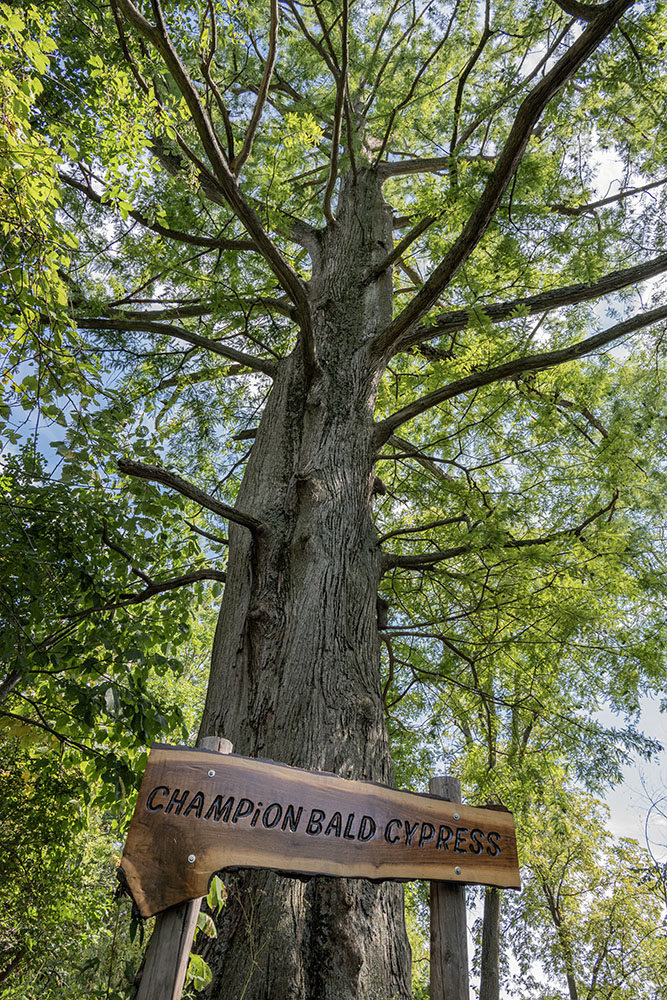
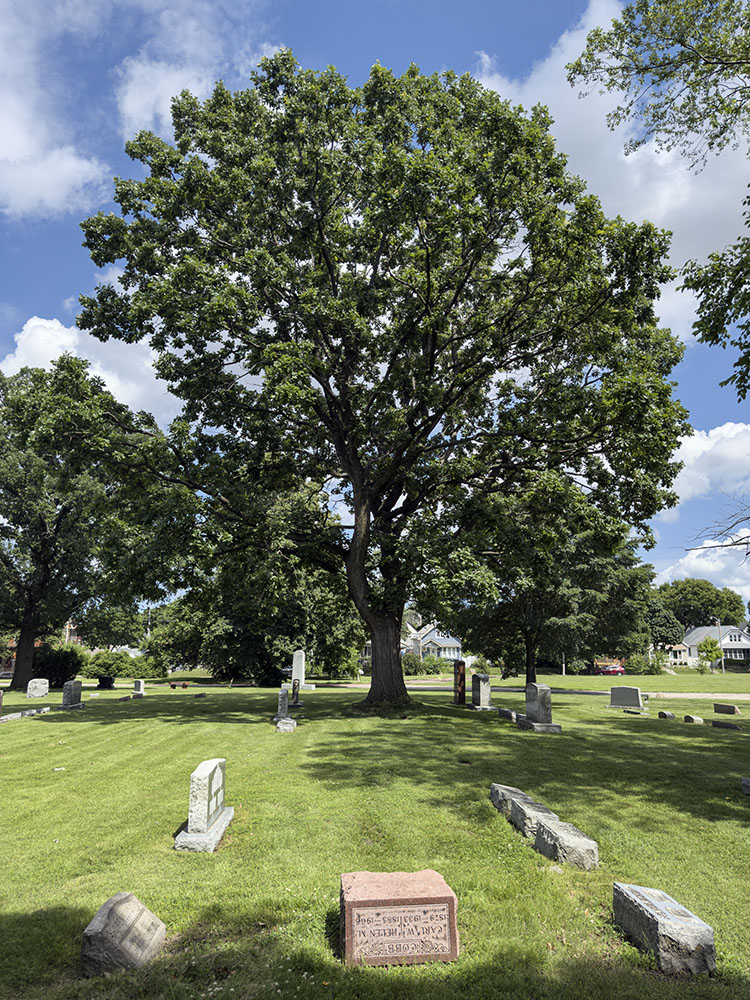
Similarly, some champions are right on the periphery of their native range. For example, the chinkapin oak in McGovern Park is an astounding tree. It is said that the species’ small acorns are the sweetest of any oak in the region. I can confirm that the acorns are small, but I sadly have not tasted them yet.

There is a peachleaf willow in Greenfield Park that has not only been a state Champion Tree, but also a national one. However, time brought down a few of its massive stems and it lost its champion status. Once when I went in search of this tree, I spotted and played peek-a-boo with a juvenile raccoon sticking its head out of a cavity within one of those fallen, now-horizontal stems. In this strip of scrubby wet woods between a road and a golf course, I had this magical experience with a cute and cuddly creature. There’s treasure everywhere!

Currently, the state Champion Tree program is on hold. On the official map there are certainly champions left uncrowned. For example, Kern Park on the west side of the Milwaukee River likely hosts the champion London plane tree, a famous hybrid ubiquitous in some dense European cities.

Similarly out-of-date, a different willow tree in Greenfield Park had been misidentified and is no longer a champion, but it is still magnificent in all its gnarly, warty willowness.

I understand the attraction of the superlative – the biggest tree of its kind is impressive. But it doesn’t really matter if that willow, for example, is a champion or not. Regardless of its status, it evokes wonder and joy and encourages play.
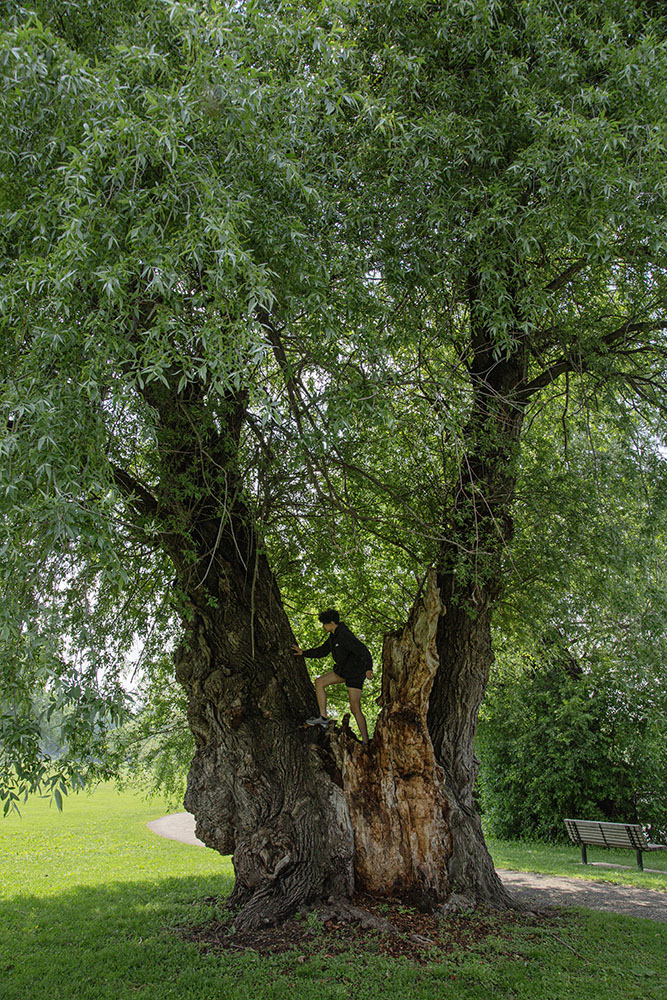
Often the fun for tree lovers is in the search and discovery, not just for big trees, but for ones that are meaningful, that might tell us something about the earth and our place in it or help us transcend our commercial existence. Keep your eyes and your heart open, there’s no telling what you’ll find.

How to Measure a Champion Tree
Champion trees are measured by taking a circumference (distance around the trunk) measurement, a height measurement, and a crown (the upper part of a tree) spread measurement. These measurements make up the total points.
Total Points = Circumference (in inches) + height (in feet) + 1/4 of average crown spread (in feet).
You can find these directions on how to measure a Champion Tree, a map showing the locations of Champion Trees throughout the state, and more information about Wisconsin’s Champion Trees on the DNR website.

Related stories:
The State of Milwaukee’s Urban Forest (also by Dan Buckler)
Bristol Woods is inducted into the Old-Growth Forest Network
An old-growth forest in Milwaukee County gets recognition!
Dan Buckler is an urban forester with the Wisconsin DNR. He can be reached at daniel.buckler@wisconsin.gov. Eddee Daniel, writer/photographer, is a board member of Preserve Our Parks, the Project Director of A Wealth of Nature, and editor of The Natural Realm blog.
3 thoughts on "Champion Trees in Our Midst"
Comments are closed.


My favorite article!!
Dan
I admired a very large Honey Locust at an unusual location. It is on a vacant city lost on N. 44 th Street between Lisbon and Lloyd.
I notified August Hope of Hope Tree Service. Working with the Washington Park Urban Ecology Center they contacted St. Sebastian School for a tree measuring field trip.
According to our measurements we were about 5percent short of the state champ in Boscobel.
You and Eddie might like to view it. It is located on West side of 44th St. just south of of Lisbon Avenue.
Thanks Paul! I’ll try to get over there to see it. Eddee